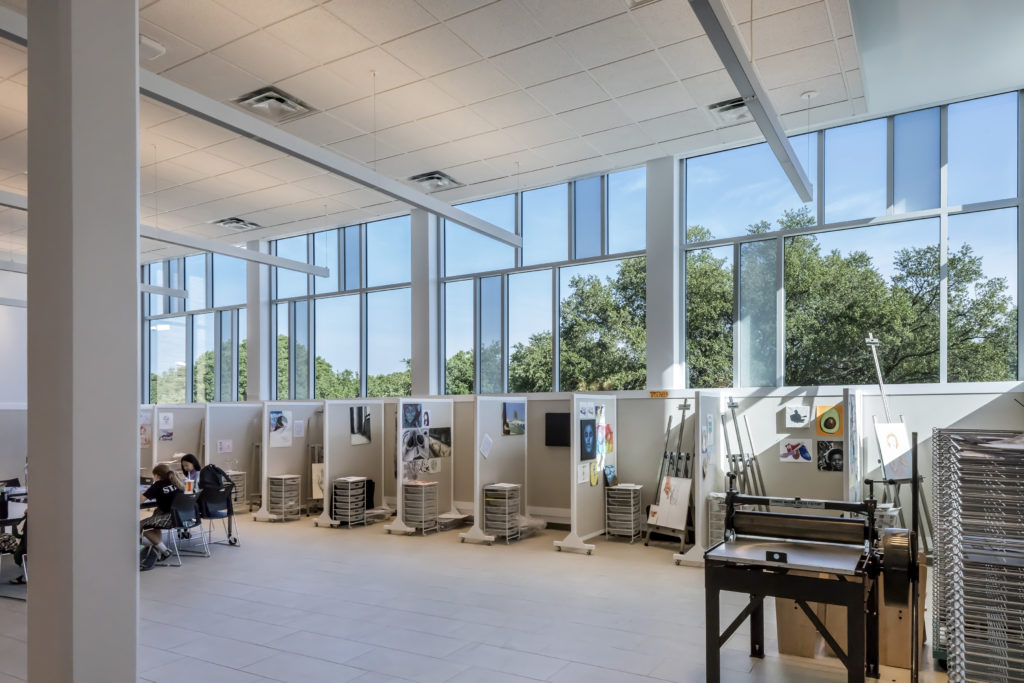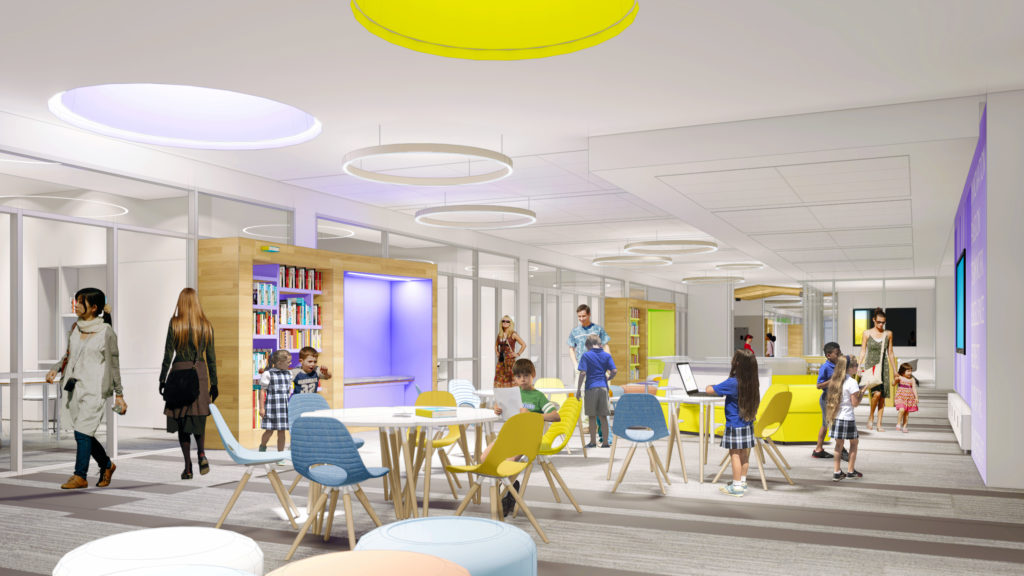One of the most common triggers for planning and design projects in K-20 education is that existing campus facilities and resources no longer meet the needs of the institution. As education evolves to meet the needs of the twenty-first century, changes in pedagogy are driving changes in facilities for teaching at all grade levels, as well as in the infrastructure systems which support learning. While a new building offers the opportunity for a custom-tailored institutional fit, existing campus buildings are valuable resources, and the benefits of renewing an existing structure often outweigh those of new construction. The right approach to creating updated facilities within an existing structure depends on a wide range of factors from accessibility to zoning, not the least of which is “swing space” to house ongoing activities during construction. Planning for the preservation and /or adaptive reuse of historically significant or campus legacy buildings can be a particular challenge, particularly if the structure has exceeded its useful life beyond feasibility for reasonable adaptation to new uses.
Here are some recent examples from our practice requiring very different approaches.
The historic Robert Carr Chapel at Texas Christian University is a popular wedding venue, but the beautiful Georgian space built in 1952 is also used for worship services, memorials, lectures, concerts and Greek organization functions. Acoustically, the space needs to support everything from speech and unamplified instruments to amplified music to the resident pipe organ. Utilized by a variety of on- and off-campus stakeholders for a wide variety of events with sometimes conflicting requirements, the chapel was in need of major functional improvements. The rehabilitation project focused on increasing the flexibility and usability of the space, on improving accessibility and convenience both for the disabled and for general users, and on enhancing aesthetics and refreshing finishes without damaging the acoustics or changing the beloved look and feel of the space inside or out. Specific interventions included improvements to lighting and acoustics, including the addition of tunable acoustical absorption; integration of new audio/visual technology, creating accessible rest rooms and improving the accessible route, and making the chancel larger and more flexible.


